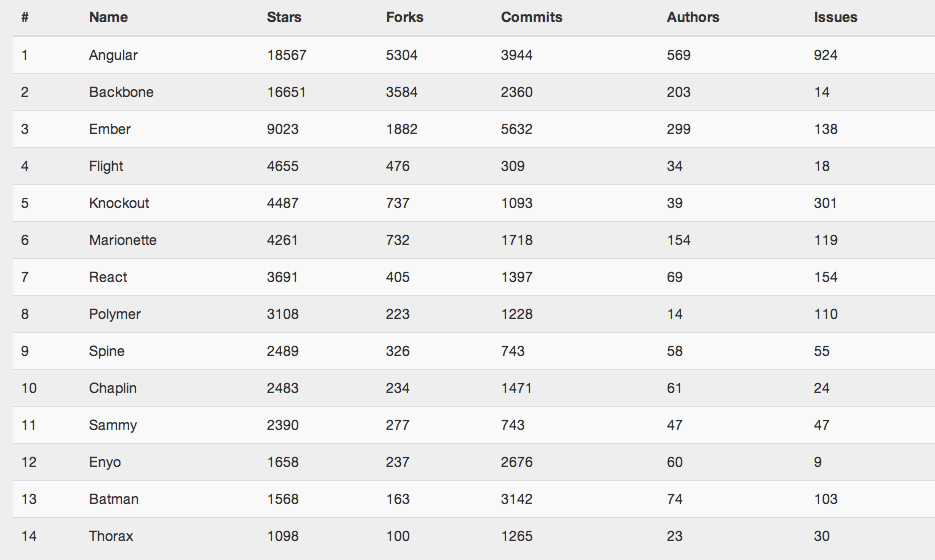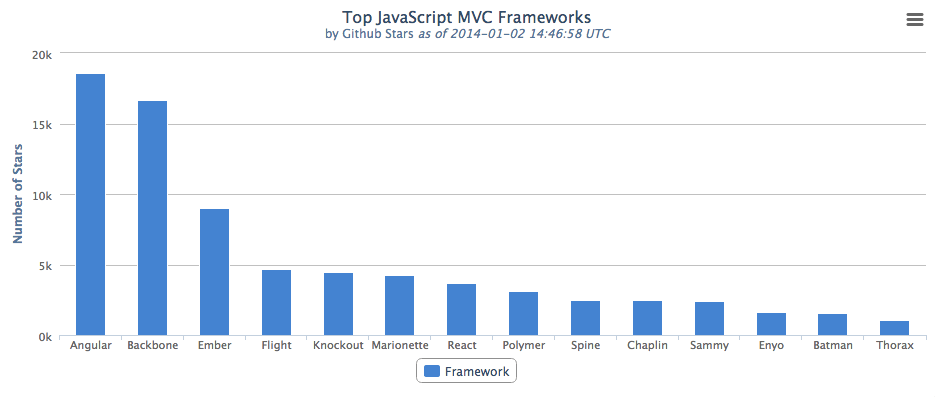Tech events and trade shows are great places to get out there and meet people. Unfortunately, they are also an easy place to fail at life. We here at Mobomo have done the event and trade show circuit over our long, illustrious careers, and we see the same mistakes every time. Here are the common no-nos:
Not speaking at the event

Being a thought leader is the best way to attract new customers and talent. Everyone has something to talk about — even a talk on your lessons learned from your favorite (or worst) projects can bring you some great publicity. Plus, you get to network with the other speakers and influencers. You never know where a connection will take you. The object of speaking is simple: see and be seen!

Hanging out behind your table/booth
This is a cardinal sin. Time and again we see people stand behind the table (or behind their laptops) at their booth. Put the laptop away; you’re here to meet people! Get in front of your booth and have as many conversations as possible. This is the time to share your stories, learn from others’ problems and, of course, collect cards. Don’t forget, a smile goes a long way. Be friendly and invite people to chat even if they are just walking by.
Not showing off your team members

Events are for more than just peddling your wares and handing out shwag. They’re actually the perfect venue for showcasing your studs. Bring your entire team (and if its local, there’s no excuse not to). Make it fun: wear company t-shirts; the more ridiculous, the better. Now that you have more people to help you out, you should:
- Have a minimum 2 people at your booth
- Divide and conquer
- Meet people anywhere possible (breakouts, lunches, parties, or just walking around the event
Ignoring your “frenemies”

You’ve heard the old adage about keeping your enemies closer than your friends. Well, in tech, failing to follow this advice is a cardinal sin. Take time at events to meet and greet your competitors (or as we like to call them “frenemies”). Learn what’s working for them (if they’re willing to share), exchange war stories, and gather intel. In reality, most of your frenemies probably have different core competencies than you anyway.
Networking FAILs

In tech, you never know who your next partner will be. Even your frenemy. When you’re at an event, it’s time to get organized and be proactive. Step out from behind your booth and meet every person you can. Start smart: become best friends with the organizers. They can make intros to other speakers, sponsors, and influencers. From there, the name of the game is network, network, network!
A lack of celebration

Everyone loves to party and a tech event is the perfect time to have one. Once the day’s activities wrap up, make the real fun begin. Have an after party — invite your team, potential leads, and future partners. Hand out a cool gift or hold a raffle. What’s better than free trade show shwag? Raffles for expensive gear.
Failing at the follow up

"Nice to meet you" and thank you notes are more than just professional courtesies. They are great ways to follow through with new connections and leads. They’re those "hey remember me?" notes that could lead to closing a new lead or bringing in a new developer. If you attended the event right, you should have a lot of follow ups and thank you notes to send, so make sure to start with your most urgent needs first.
Wrap Up
Overall, tech events and trade shows are a fun place to spend the day. You can learn lots and meet interesting people. At the same time, you could be wasting time if your head isn’t in the game. But don’t worry, you’re smart. You work at one of the smartest companies in the world. You don’t make these n00b mistakes…right?













